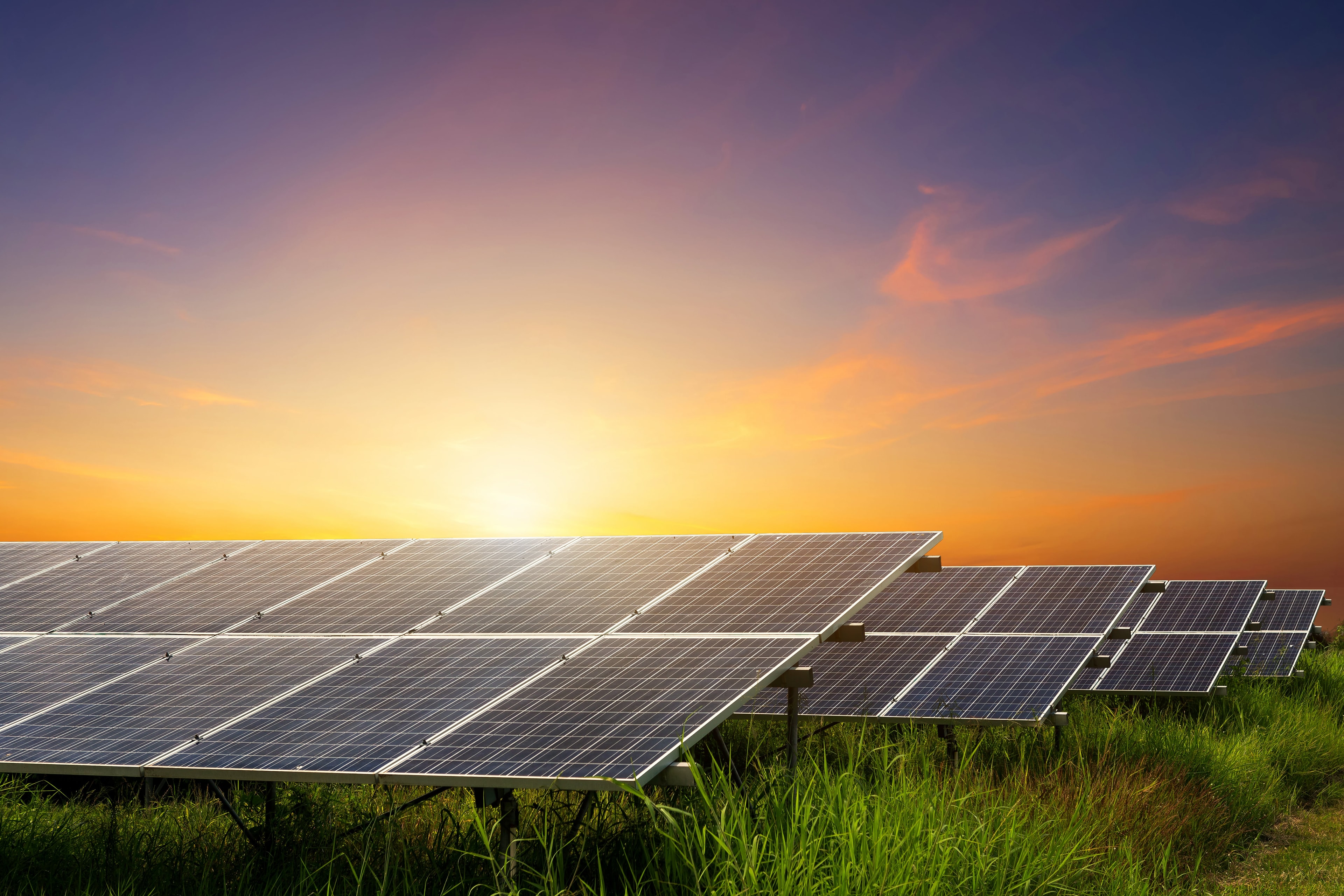HOW IT WORKS
Every hour, the sun generates enough energy to theoretically power the globe for a year – but there’s an art to capturing that energy and turning it into usable electricity.
The sun is, essentially, a giant (and natural) nuclear reactor. The heart of the sun emits photons, tiny energy particles that are even smaller than atoms. It takes about eight minutes for these weightless photons to travel 150 million kilometres to earth in the form of sunlight – and that’s when the process of capturing solar energy begins.
When the photons in sunlight hit the solar panels on your roof, electricity is produced via the photovoltaic effect. ‘Photovoltaic’ comes from the Greek phos, meaning ‘light’, and the volt, the unit of electromotive force named after Italian physicist Alessandro Volta – it’s a bit of a mouthful, so photovoltaic is commonly shortened to PV.
Solar PV panels are made up of many solar cells, each made of silicon. Conductors are attached to the positive and negative sides of these cells, forming an electrical circuit. When the sun’s photons hit the solar cells, subatomic particles known as electrons are knocked loose. These electrons flow through the circuit in one direction, generating an electrical current.
The electrons that flow around solar panels in the same direction form direct current (DC) electricity. Australia’s electricity grid, however, runs on alternating current (AC) electricity. Because the DC electricity generated by solar panels is incompatible with Australia’s AC electricity grid, it can’t be directed immediately to power your home and appliances. Instead, the power flows to a box called a solar inverter.
Of course the sun isn’t always shining, and much of our electricity usage is in the early morning and evening, so storing solar energy in solar batteries is the other vital component in the solar energy chain. Both domestic and large scale commercial Battery Energy Storage Systems (BESS) are vital in harnessing the full power of the sun.






